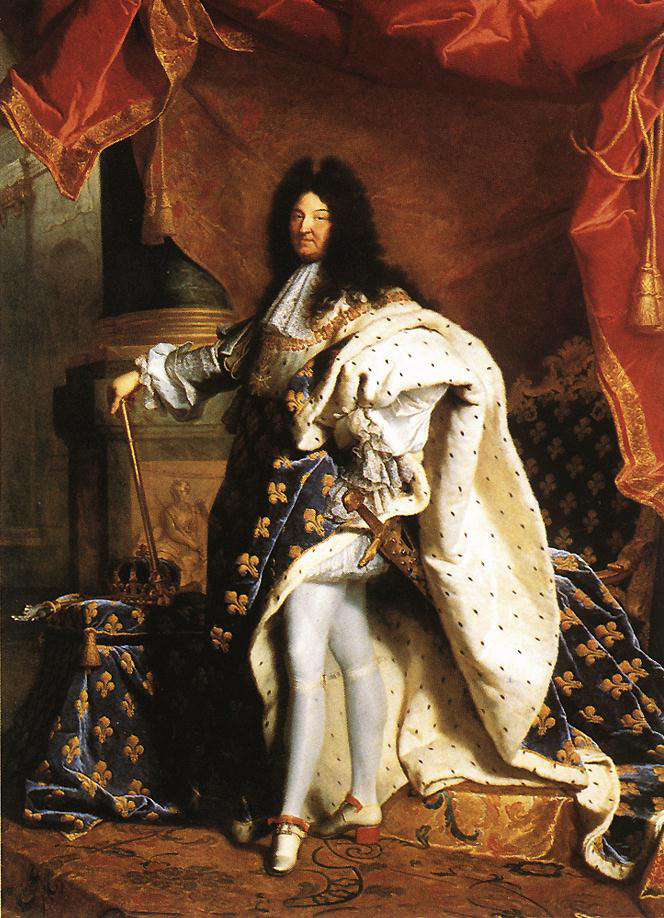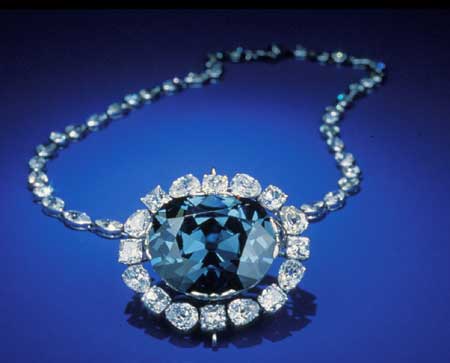 There are many things that I don't understand about this painting (Le Singe peintre by the masterful, if strange Jean-Baptiste Deshays). Woman's hair, slightly mannish physique. Cloth tornado. Monkey. Who is a painter. And a knight (I know because he's carrying a sword). Who paints from a strange vantage.
There are many things that I don't understand about this painting (Le Singe peintre by the masterful, if strange Jean-Baptiste Deshays). Woman's hair, slightly mannish physique. Cloth tornado. Monkey. Who is a painter. And a knight (I know because he's carrying a sword). Who paints from a strange vantage.And yet, I find it compelling. I like his skinny little tail and his placid, calm look. I would like to think that 18th-century monkeys were trained in the beaux arts and operated according to a patronage system. Perhaps Fragonard and David and Greuze all farmed their work out to monkeys. And it's a painting like this, which is in the Musée des Beaux Arts in Rouen, that teach me that sometimes weirdness can be compelling. And while I haven't quite experienced anything so weird as a painting monkey here in Paris, I've recently had a few odd experiences that I thought worth sharing. Even though Paris often feels comfortable and homey to me, I must constantly remind myself that it is, at its heart, foreign to me. And when this rings true, I love it even more.
Food is the ultimate in bringing people together:
Tyson and I were walking home from the Bibliothèque nationale de France one day, and decided to visit a nearby fast food stand that sells crêpes and gaufres (waffles). We hadn't eaten lunch, and the sugar and butter smelled too good to resist, so we stopped by and ordered gaufres topped with powdered sugar. The man behind the counter slowly poured the batter into the mold, tended to the orders of a few other customers, and then handed us the hot waffles in thin paper containers. Treats in hand, we proceeded on our walk home, consuming them quickly and letting the sugar drop onto our clothes (black, of course, like all Parisian attire). After about a minute, we saw a jogger coming towards us. He drew nearer and nearer. We stepped aside a bit to let him pass. He was very near to us, but seemed to be paying us no mind. Except, at the last minute, when he was even with us on the sidewalk, he called, "Bon appetit!" never slowing or missing a beat. You know you're in Paris when wishing the joy of food on others is so much like a compulsion that an out-of-breath stranger feels the need to tell you to enjoy your fast food.
Alcohol is never out of place:
It's Sunday. And your church is having a bake sale. The church is on a large road that runs through a busy part of the city. It's about 3 p.m. Children are there, running and playing games near the entryway of the church (which is huge and magnificent and dates back quite a ways, as one can tell from the carved figures on its façade). Mothers are laughing, old women are sitting in folding chairs under the tent. There are madeleines and cannelles and all sorts of molleux. It's a garden of sugary sweets. And of course, one cannot consume sweets without something to drink.
It's true that Parisians rarely drink water. (And it is considered impolite to ask to use someone's bathroom in their home. The two are certainly correlated.) So water is out of the question. Sodas? Expensive and not often consumed. Wine? Maybe it's too close to the blood of Christ. I don't know. But what I do know is: the church bake sale was offering huge plastic cups of port for €1.50. Way to go, France. And way to go, church!
The French have mastered the art of being definitive:
I was walking along the street one day and caught the tail end of a conversation between two men. One had asked a question, and the other one, seeming very engaged, gesticulating broadly, answered, finishing with "parce que voilà" (which roughly translates to something like, "because that's it") in a very definitive way, as if the conversation were now completely and totally finished, as if there were no possible way that the first man could have a response. It's the verbal equivalent of what I like to affectionately refer to as the Gallic shrug, which is a usually lackadaisical gesture, a slow raising of the shoulders and a slight tilt of the head that implies, "you're SOL." Sometimes there's a little purse of the lips that accompanies it, and if you're really lucky, sometimes even a little spurt of air that comes out of the pursed lips for emphasis. Often the Gallic shrug will be followed by the phrase, "C'est pas possible" ("It's not possible."). And it always means, "end of conversation."
So imagine:
"I need to call up this set of papers."
"Why?"
"Because I need to use them for research."
"Why?"
"Because they would be helpful."
"Well..." *Gallic shrug* "I am sorry, but it's not possible."
"What do you mean it's not possible?"
"It's just not possible. Those papers are indisposed."
"Why?"
"Parce que voilà."
To which I would reply, "La vache!"
Yes, that's right, "the cow!" is an expression of surprise. It's the equivalent of "Oh my God." But don't say that in Paris. "Gode" can be short for the word "godemiché" ("dildo") in French, so they may very well giggle when you talk about yours in public.


